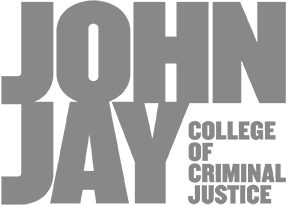Fear and anxiety are provoked by the data we receive from world events. In the current, digital zeitgeist, data is intensified, compelling the viewer to reduce such vivid overload from three dimensions to two, thereby minimizing engagement. As an artist, however, I am not content with flat encounters, and it is for this reason that I have sought to relieve the psychic pressure by transposing such information back into the world of space.
Installation and construction became the obvious media of choice. In 2003, in interpreting my own lingering anxieties about 9/11, I began work on a walk-in space that resumes a vital discussion on public safety left off decades ago: The result was Airbox (2003 – 2006, 240×300×244 cm, 96×120×96 inches), a stylized fallout shelter built of polypropylene, paper, styrofoam, and clear vinyl. Airbox represents a fully non-functional solution to our most dysfunctional issues. The piece required three years to complete and was created specifically to allow for translucence. Light gently filters through it, blurring the division between safety and hazard, the irony rendered, the disconnect made.
Ideas for other work in three dimensions quickly followed. In 2008, MoMA’s Design and the Elastic Mind asserted that contemporary human thought requires new tools to process the rapid changes transforming our society. In this vein, I had already begun the Chartsseries (2006 – 2009). Given impetus by a graph printed in The New York Times illustrating imbalances in salaries/earnings/profits of multinational corporations during the financial crisis, I employed not only traditional color, shape, and line, but also plastic water bottles, drinking straws, electrical wires, plexiglas, plastic, staples, light—and even broken glass from the violent demonstrations in Athens at that time—to transform this and other data. The goal was a viewing experience that, like functional graphs and charts, eases the intake of information. Charts move the viewer toward interpretation, their multidimensionality creating a mental space in which to proceed. Further explorations for the series have included energy companies’ performances on the New York Stock Exchange, and the motion and symmetry of the earth’s natural elements.
Yet, as I moved through the umbrage of our current predicaments, light became an unlikely motif. I found it in intervening spaces, at the periphery, or subtly emanating from the center of my pieces, even when not intended. This reflection inspired two studies on luminance: Interstice (2011) and Nacreum (2011). These works manifest a move toward the translucent, beyond the former, heavier materials. Plexiglas, layers of diaphanous surfaces, and intervening space suggest a new place to be.
